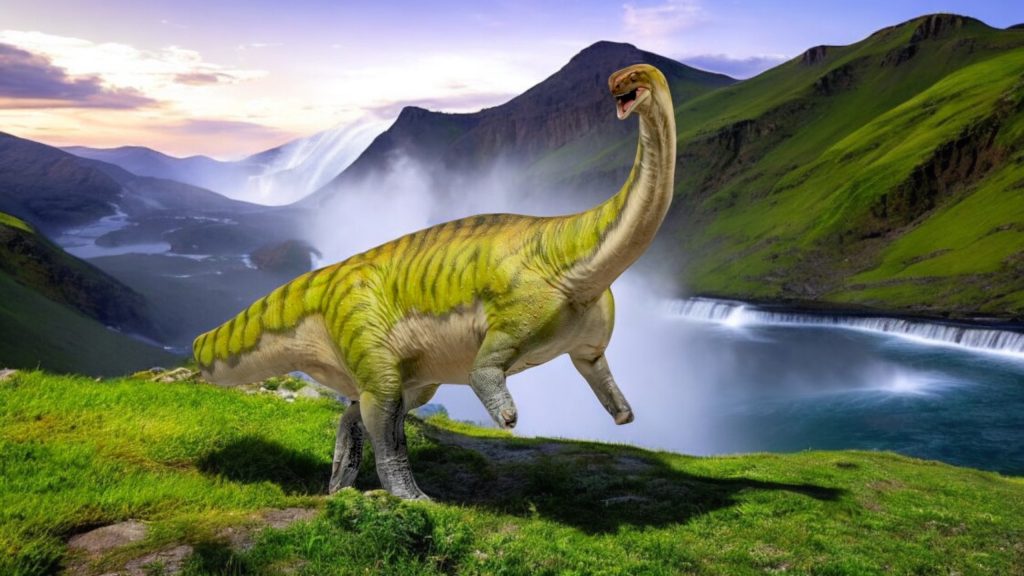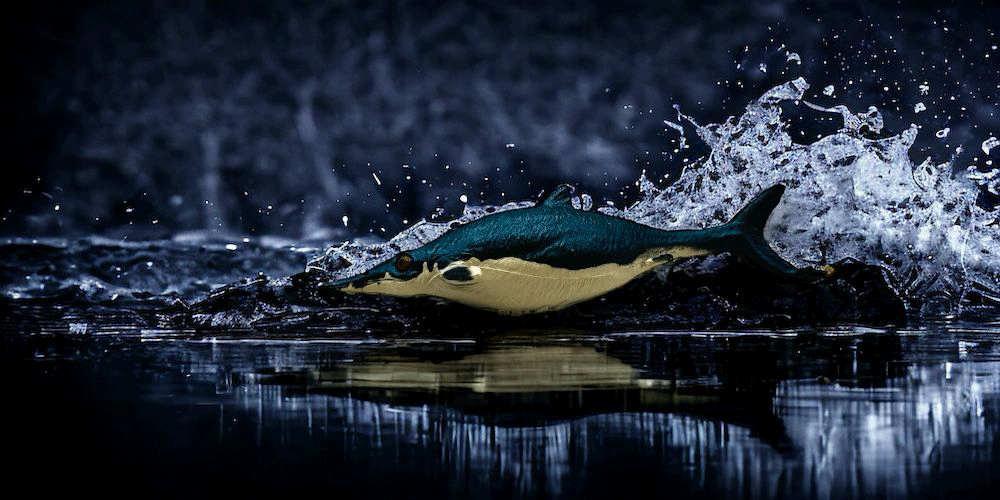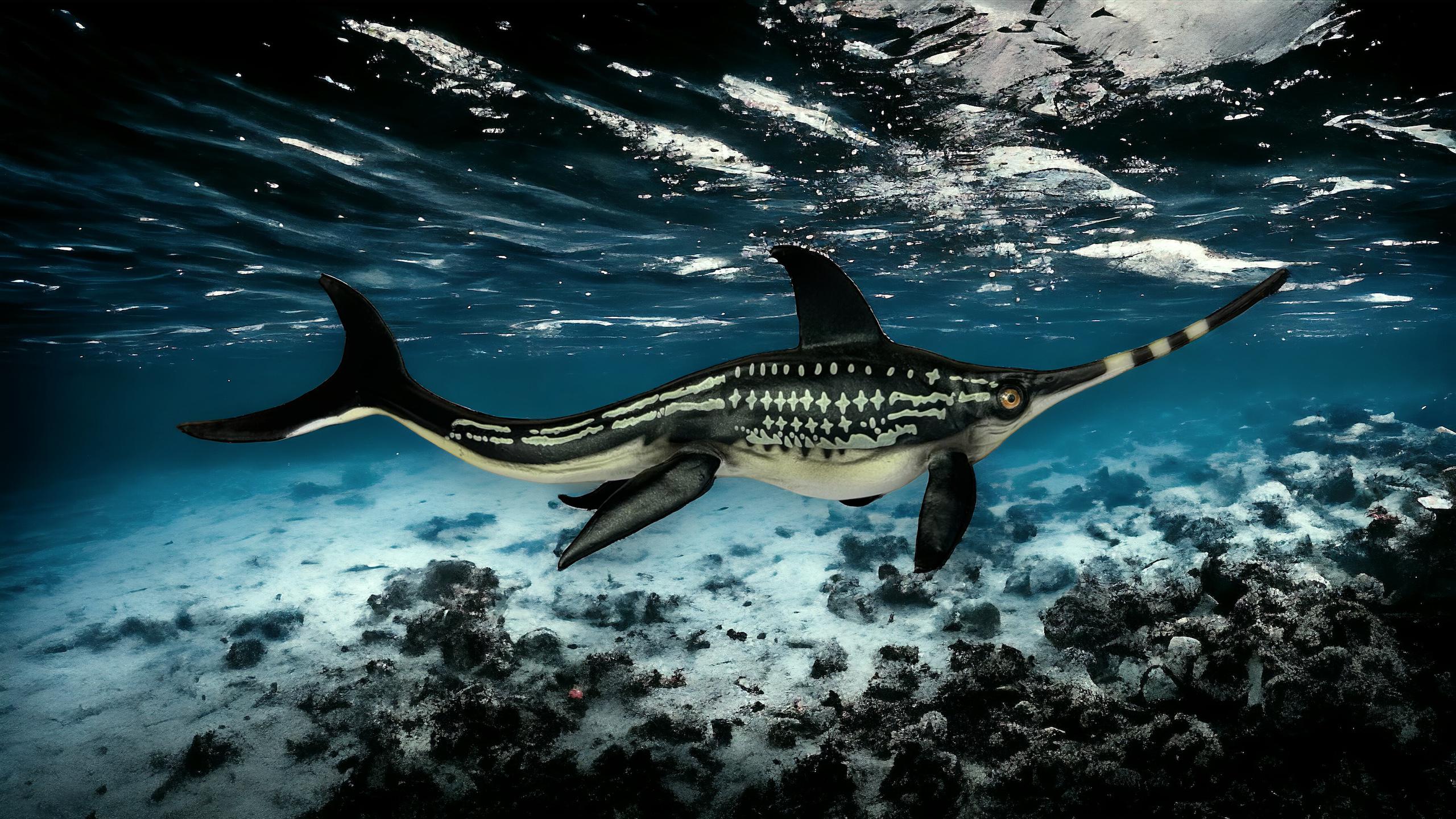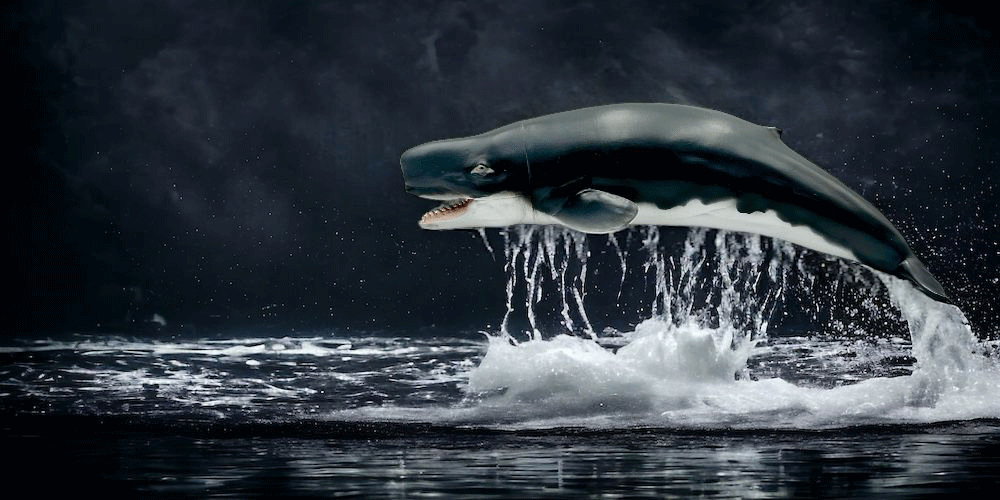Lufengosaurus: The Precursor of Jurassic Giants
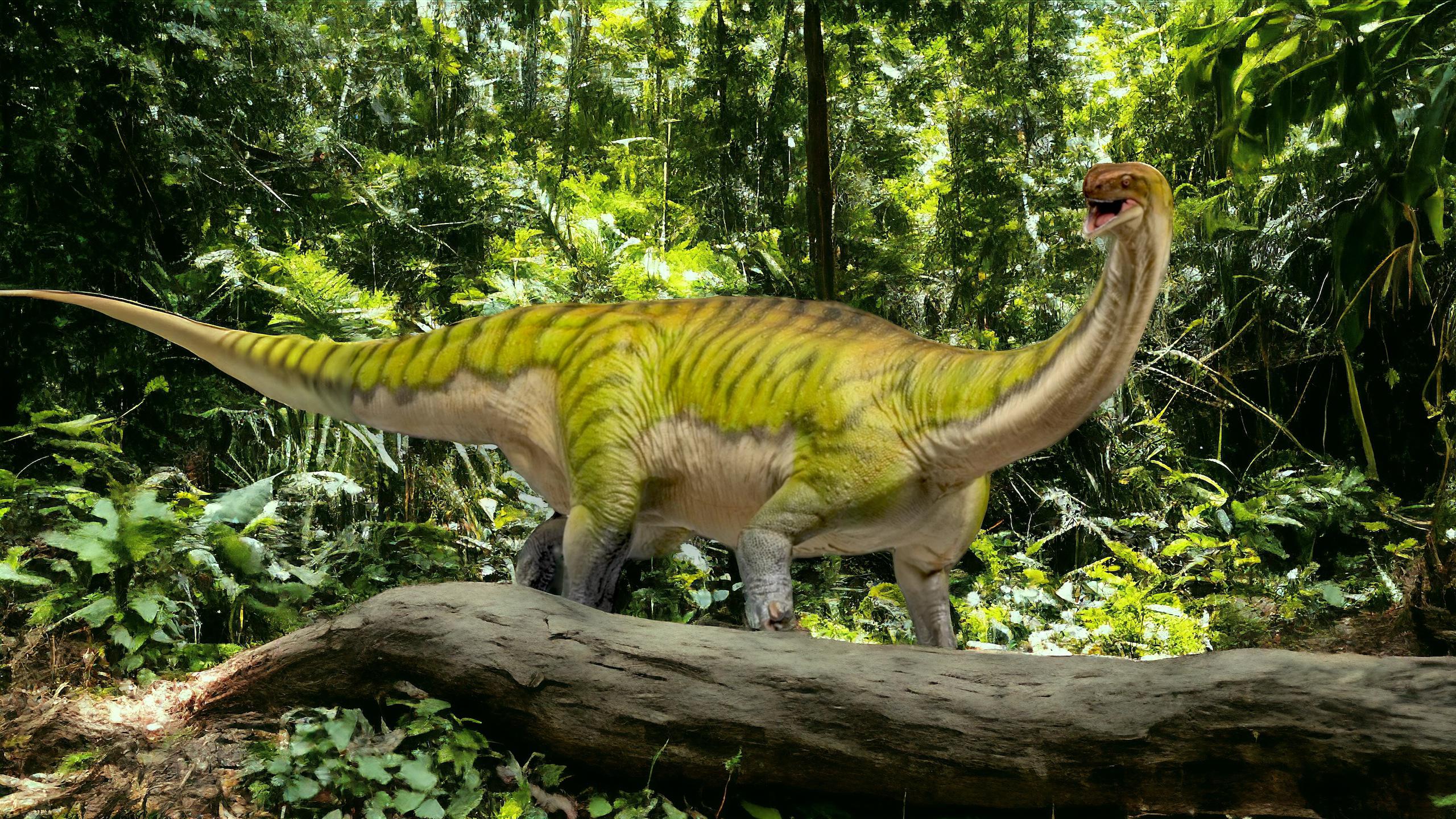 Lufengosaurus Figure by PNSO.
Lufengosaurus Figure by PNSO.In the world of dinosaurs, some names stand out for their importance in the history of evolution. Lufengosaurus, although less known than other Jurassic giants, is a key dinosaur in paleontology. This ancient herbivore from the Early Jurassic not only represents a crucial stage in the evolution of large sauropods but also offers a fascinating glimpse into the first titans that walked the Earth.
In this article, we’ll explore its characteristics, history, and discovery, as well as its modern representation in collectible figures that showcase remarkable realism.
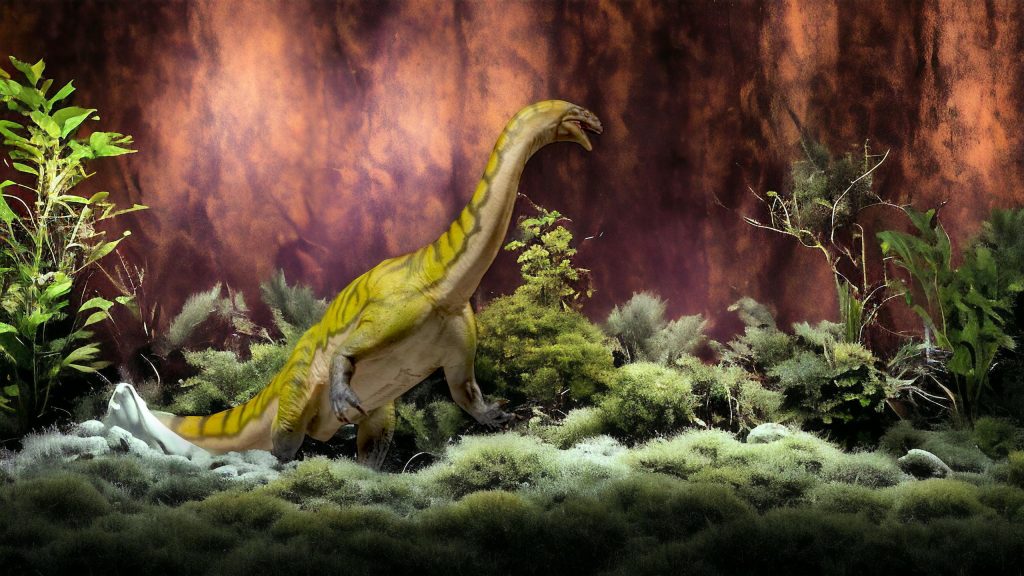
What is Lufengosaurus? The First Jurassic Giant
Lufengosaurus was a prosauropod dinosaur that lived during the Early Jurassic, about 190 million years ago. This herbivore measured around 6 to 9 meters in length and was characterized by its long neck, which allowed it to feed on low and medium-height vegetation.
Although it was not as massive as later sauropods like Brachiosaurus or Diplodocus, Lufengosaurus is considered one of the first steps in the evolution of these giants.

Discovery of Lufengosaurus: History and Key Findings
Lufengosaurus was discovered in 1938 in the region of Lufeng, in Yunnan, China. The discovery was led by Chinese paleontologist Yang Zhongjian, known as the «father of dinosaur paleontology in China.»
Key Facts About Lufengosaurus:
- Discovery: 1938
- Location: Lufeng, Yunnan, China
- Period: Early Jurassic, about 190 million years ago
- Weight: Approximately 1.5 tons
- Size: Between 6 to 9 meters in length
- Discovered by: Yang Zhongjian
This dinosaur is considered an important symbol in Chinese paleontology, as it was one of the first dinosaurs discovered in Asia and marked the beginning of systematic dinosaur studies in the region.
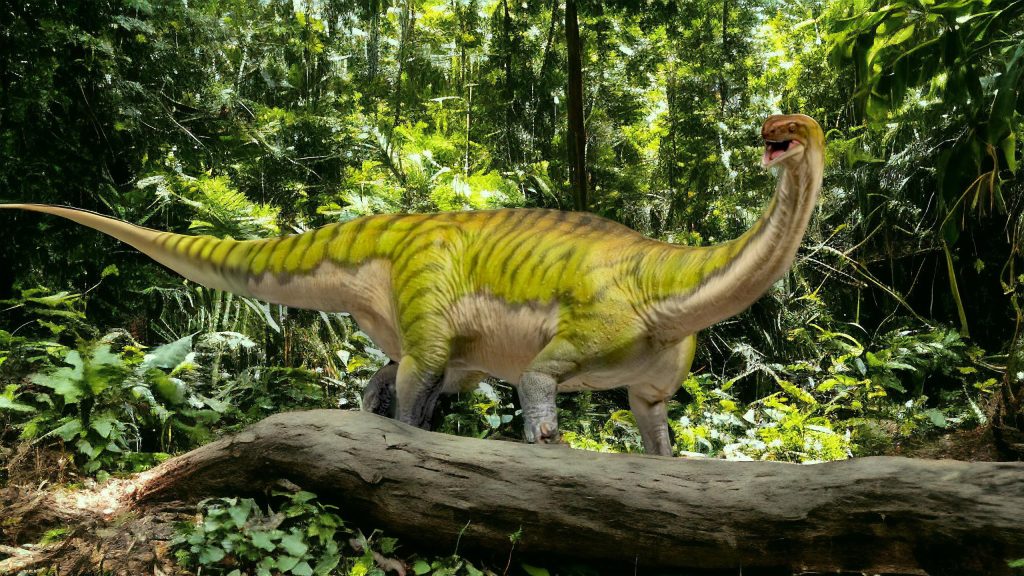
Characteristics of Lufengosaurus: Size, Weight, and Anatomy
Lufengosaurus had an elongated body with a relatively long neck and a powerful tail. Its front legs were shorter than its hind legs, giving it a semi-upright posture.
Main Physical Features of Lufengosaurus:
- Long neck: Allowed it to reach medium-height vegetation.
- Sharp-toothed jaws: Ideal for cutting leaves and branches.
- Strong hind legs: Adapted for walking and possibly for quick movements when needed.
- Robust tail: Helped maintain balance while moving.
Although it was not as large as later sauropods, its structure shows the early adaptations that would later define the Jurassic giants.
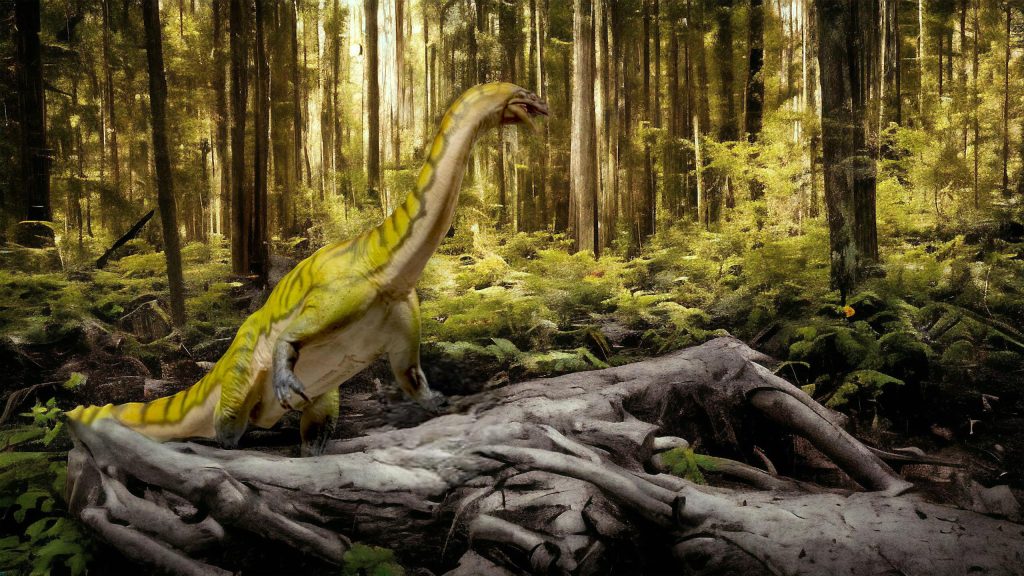
The Habitat of Lufengosaurus: Life in the Early Jurassic
Lufengosaurus lived in a warm and humid environment surrounded by dense forests, rivers, and lakes. Its diet consisted mainly of ferns, conifers, and other plants from the Early Jurassic period.
This herbivorous dinosaur likely coexisted with other prehistoric animals, including the first carnivorous predators of its time.
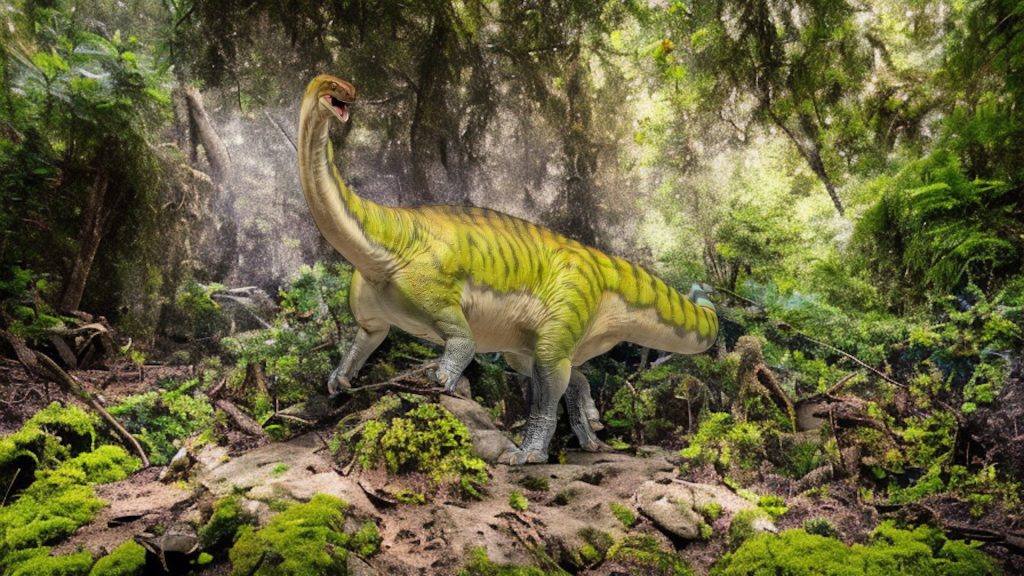
Evolutionary Importance of Lufengosaurus: A Step Toward Giant Sauropods
Lufengosaurus is considered a precursor to the large sauropods that dominated the Middle and Late Jurassic. Its structure and anatomical features represent a transition between smaller prosauropods and massive sauropods.
This dinosaur shows how evolution allowed herbivores to grow larger to better exploit plant resources and protect themselves from predators.
The PNSO Figure: A Tribute to a Prehistoric Icon
Although you don’t yet have Lufengosaurus represented in your collection, the PNSO figure promises to be a special addition. Considered the best representation of this dinosaur to date, the figure stands out for its vibrant coloration and realistic pose.
Highlights of the PNSO Figure:
- Vibrant, natural green coloration: Evokes the appearance of the animal in its prehistoric environment.
- Unconventional pose: Gives it life and dynamism, allowing you to imagine the animal in motion.
- Impressive realism: Anatomical and textural details that faithfully reflect the dinosaur’s structure.
This figure not only captures the essence of Lufengosaurus but also serves as a tribute to one of the first giants of the Jurassic.
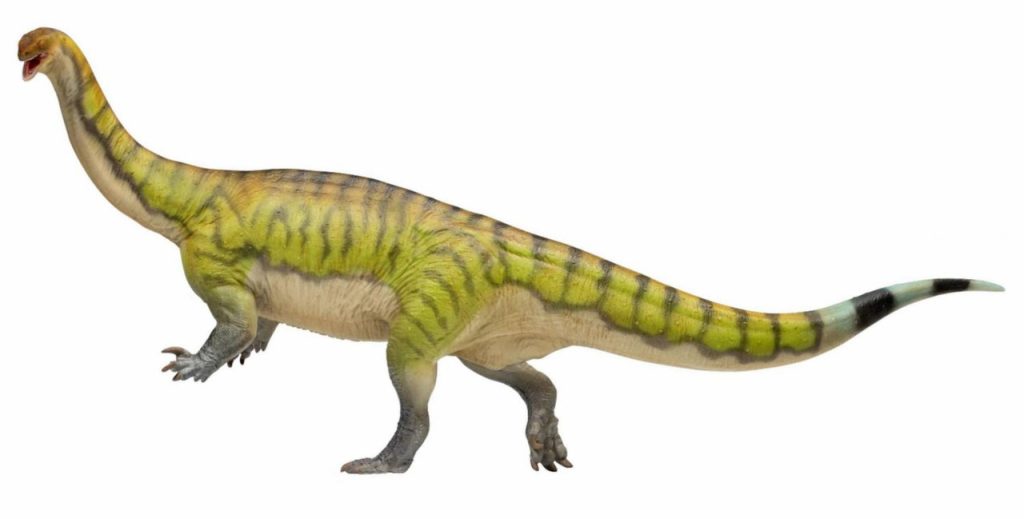
Fun Facts About Lufengosaurus
- Was it the first dinosaur discovered in China? No, but it was one of the first significant finds that boosted Chinese paleontology.
- Was it a fast dinosaur? Although not a sprinter, its strong hind legs allowed it to move with agility for its size.
- What made it special? Its importance lies in being an evolutionary bridge between prosauropods and giant sauropods.
Conclusion: The Legacy of Lufengosaurus in Paleontology
Lufengosaurus is a fundamental dinosaur for understanding the evolution of large herbivores during the Jurassic period. Its discovery marked a milestone in Chinese paleontology, and its legacy endures as a precursor to the colossi that would later dominate the dinosaur era.
Thanks to its representation in figures like the PNSO model, we can get closer to this prehistoric icon and appreciate its importance in the history of life on Earth.
